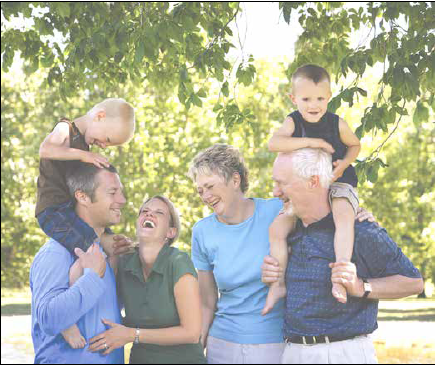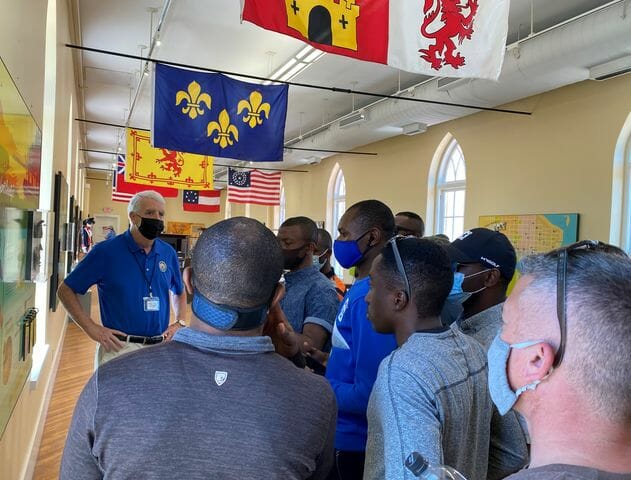produce more melanin, the pigment that gives color to skin and hair and protects the skin against damage from ultraviolet radiation.
Most skin cancer warnings are directed towards fair skinned individuals with blue eyes and blond or red hair who sunburn easily, as these individuals are at greatest risk. Given this fact, one may mistakenly assume that people with darker skin types such as Hispanics, Asians and African-Americans do not need to worry about melanoma.
This is not true. Increased pigmentation does protect individuals from UV-induced melanomas, but there is a type of melanoma called acral lentiginous melanoma (ALM) that occurs even without UV exposure.
This type of melanoma, which also occurs, though less frequently, in the Caucasian population, is sometimes ignored or mistaken for an injury or a nail fungus. Because this particular form of melanoma is often misdiagnosed or ignored, it is often more deeply invasive when it is finally discovered.
Common Locations
On the soles of the feet
The palms of the hands
Between toes and fingers
Under toenails and fingernails (especially the large toenail and thumbnail).
Late Diagnosis
By the time many African-Americans are diagnosed, melanoma has often spread to other parts of the body. A recent Washington Cancer Institute research study of 649 people with melanoma showed that 32% of African- American patients were diagnosed with Stage III or Stage IV melanoma, while only 13% of Caucasian patients were similarly diagnosed.
One factor that may prevent African-Americans from seeking early treatment is that they usually develop melanoma in areas that are different from Caucasians. A recent study showed that, while 90% of Caucasian patients develop melanoma on skin that is regularly sun-exposed, only 33% of African-American patients developed it in sun-exposed areas.
Survival
Studies have shown that once African-Americans are diagnosed with melanoma, their long-term survival is significantly lower than that of Caucasians.
Survival rate:
58.8% African-Americans
84.8% Caucasians
For comprehensive additional information about melanoma, please visit AIM at Melanoma Foundation. https://www.aimatmelanoma.org (source).
IMPORTANT!
Like people of other heritages, African-Americans should develop an awareness of the moles on their bodies and be alert for new or changing moles.
• African-Americans should examine their fingernails and toenails for suspicious changes, which may include brown or black colored stripes under the nail or a spot that extends beyond the edge of the nail.
• Anyone who notices such changes should see a doctor promptly because they may be signs of melanoma.
Exclusive content from CARE Magazine









